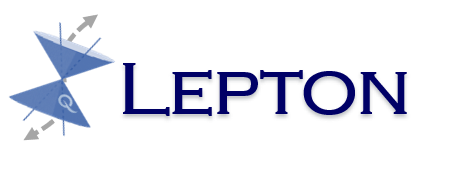Our SciencemiRNA based Castling Technology, LN-Cast

The Castling method
A proprietary, breakthrough technology, the Castling method (LN-Cast) allows manipulation/ engineering of miRNA expression for enhanced efficacy and longevity of cells employed in cell-based therapies (US patent application filed).
ACT involves transfer to a patient, of manipulated cells, either originated from the patient (autologous) or off the shelf (allogenic). The cells are most commonly derived from the immune system (for example T cells) with the goal of improving immune functionality and characteristics. Adoptive T cell-based immunotherapy is used for treating cancer patients.
The process involves isolation of circulating T cells or tumor infiltrating lymphocytes (TIL)] and then engineering the cells to express chimeric antigen receptor (CAR) or T cell receptor (TCR) against specific tumor associated antigens (TAA), then expanding cells and re-injecting them into the patient (The figure on the right [i]).
[i]Z hao Lijun, Cao Yu J., Engineered T Cell Therapy for Cancer in the Clinic, Front. Immunol., 11 October 2019 | https://doi.org/10.3389/fimmu.2019.02250




Lepton’s LN Cast
Lepton’s LN Cast is a breakthrough method that addresses the major drawbacks of T-cell or CAR-T-cell-based immunotherapies, namely unwanted gene expression pattern modulations in miRNAs that are known to occur after activation of T-cells by their encounter with cancer cells, as part of the cancer cells’ attempt to inhibit the T- cell’s effect.
miRNA engineering strategy is advantageous over strategies employing coding-gene engineering – miRNAs target multiple genes simultaneously and thus affect entire biological pathways.
In essence the Company uses gene editing technologies (GETs) to modify gene expression of isolated cells for use in cellular therapy by modifying the expression patterns of select protein-coding and non-coding RNAs, such as miRNAs. The technology is illustrated in the figure on the left.
Under certain pathological conditions, such as cancer, expression of some “harmful” genes can be increased or occur ectopically whereas expression of “beneficial” genes is decreased or abolished. The ultimate goal of the method is to reverse the pathological expression balance between the “harmful” and the “beneficial” genes. This is achieved using gene editing techniques enabling insertion of “beneficial” sequences of e.g., pre-miRNA into genetic loci that are actively transcribed in a given cell. Such loci can be found among “harmful” genes that are actively expressed under condition of interest – either non-coding (e.g. miRNA) or coding (e.g. mRNA). Thus, a single Castling editing event can achieve a dual effect: simultaneous abolishment of expression of unwanted “harmful” genes, and potentiation/induction of expression of a “beneficial” gene.
A wide range of platforms are suitable for implementation of the LN-Cast, such as either allogeneic or autologous chimeric antigen receptor (CAR)-cells (CAR-T/CAR-NK CAR-Treg CAR-macrophages cells) with any CAR type, B lymphocytes, mesenchymal stem cells and Hepatocytes.
Please link here for a brief technical review of the Castling Technology.

